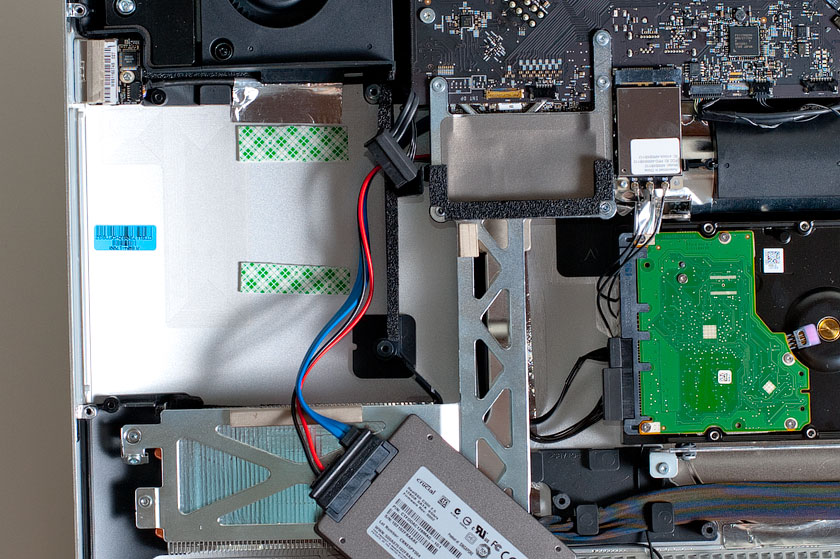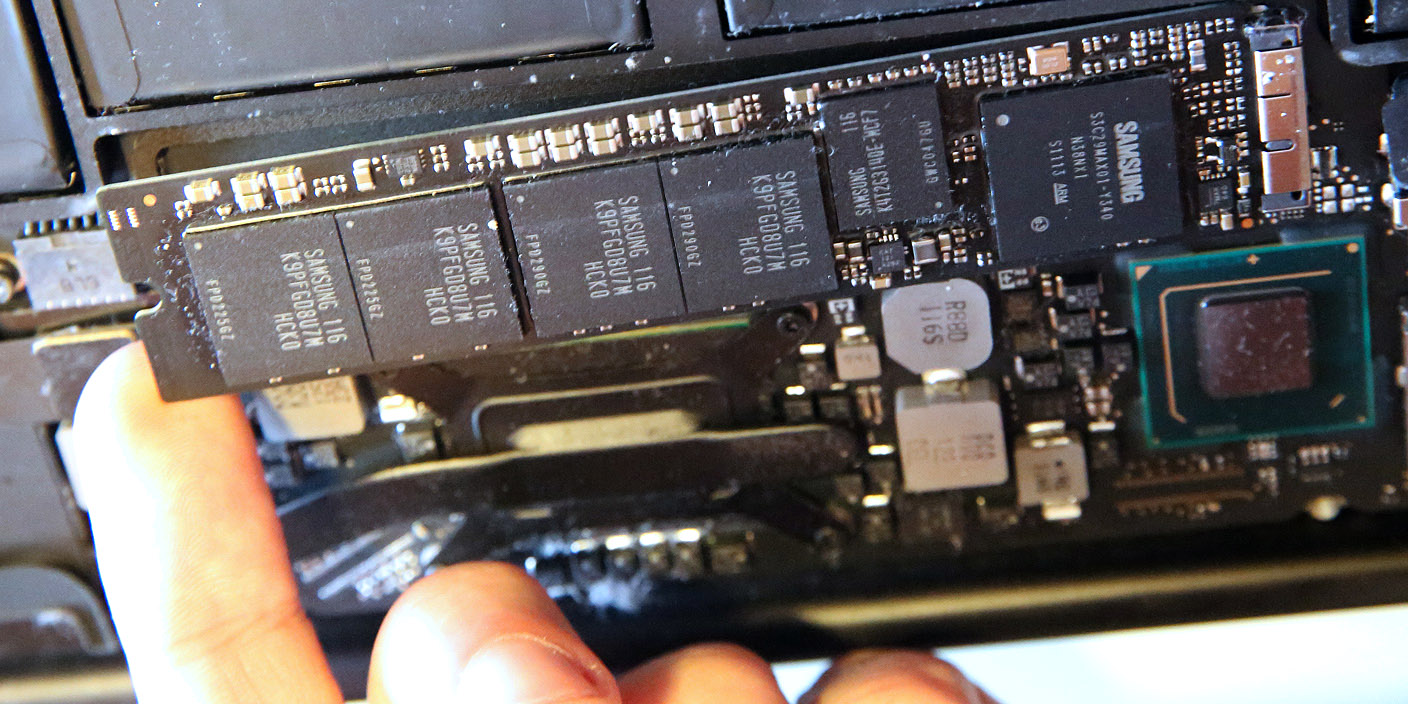
- INSTALL NEW MAC OS ON SSD HOW TO
- INSTALL NEW MAC OS ON SSD FULL
INSTALL NEW MAC OS ON SSD HOW TO
How to Clean Install MacOS Big Sur (Reformat, Erase, & Factory Reset)

An understanding that a clean install erases all data and everything else on the Mac – nothing will remain on the computerĪssuming you’ve met those prerequisites, and you understand what you’re about to do and why you’re doing it, here’s how you can clean install macOS Big Sur on compatible Intel Mac or Apple Silicon Mac.Active internet connection (required by macOS Big Sur for setup).
INSTALL NEW MAC OS ON SSD FULL
Full Time Machine backup of all Mac data, or complete data backup using your method of choice. MacOS Big Sur boot installer drive that has already been created and ready to use. Mac compatible with macOS Big Sur so that it can run macOS 11.x. Failure to have sufficient backups will result in permanent data loss.Ĭlean installing MacOS Big Sur 11 requires the following: Because it erases the entire hard disk and all data on the Mac, it will cause complete data loss intentionally, so without sufficient backups theīefore proceeding, be certain you have a full backup of the Mac, and any or all important data. Performance tests are conducted using specific computer systems and reflect the approximate performance of Mac Studio.A clean install is generally for advanced Mac users only, and is otherwise not recommended unless you’re giving away a Mac or transferring ownership, and have fully backed up your data. Tested with macOS Monterey 12.3, prerelease PyTorch 1.12, ResNet50 (batch size=128), HuggingFace BERT (batch size=64), and VGG16 (batch size=64). * Testing conducted by Apple in April 2022 using production Mac Studio systems with Apple M1 Ultra, 20-core CPU, 64-core GPU 128GB of RAM, and 2TB SSD. You can also learn more about Metal and MPS on Apple’s Metal page. To get started, just install the latest Preview (Nightly) build on your Apple silicon Mac running macOS 12.3 or later with a native version (arm64) of Python. In the graphs below, you can see the performance speedup from accelerated GPU training and evaluation compared to the CPU baseline:Īccelerated GPU training and evaluation speedups over CPU-only (times faster) The Unified Memory architecture also reduces data retrieval latency, improving end-to-end performance. This reduces costs associated with cloud-based development or the need for additional local GPUs. This makes Mac a great platform for machine learning, enabling users to train larger networks or batch sizes locally. 
Training Benefits on Apple SiliconĮvery Apple silicon Mac has a unified memory architecture, providing the GPU with direct access to the full memory store. The new device maps machine learning computational graphs and primitives on the MPS Graph framework and tuned kernels provided by MPS.

MPS optimizes compute performance with kernels that are fine-tuned for the unique characteristics of each Metal GPU family. The MPS backend extends the PyTorch framework, providing scripts and capabilities to set up and run operations on Mac. This unlocks the ability to perform machine learning workflows like prototyping and fine-tuning locally, right on Mac.Īccelerated GPU training is enabled using Apple’s Metal Performance Shaders (MPS) as a backend for PyTorch. Until now, PyTorch training on Mac only leveraged the CPU, but with the upcoming PyTorch v1.12 release, developers and researchers can take advantage of Apple silicon GPUs for significantly faster model training. In collaboration with the Metal engineering team at Apple, we are excited to announce support for GPU-accelerated PyTorch training on Mac.







 0 kommentar(er)
0 kommentar(er)
